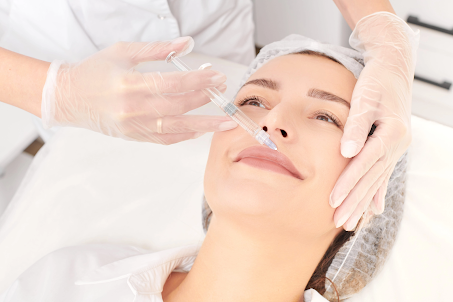What is Varicose Veins Treatment and how it works?
Understanding Varicose Veins
Before diving into treatments, it’s important to understand what varicose veins are and how they form. Veins are blood vessels responsible for carrying blood back to the heart. Inside each vein, there are one-way valves that ensure blood flows in the right direction. However, when these valves malfunction or become weakened, blood starts to pool in the affected veins, causing them to become enlarged and twisted.
Treatment Options for Varicose Veins
Fortunately, there are various treatment options available for varicose veins, ranging from conservative approaches to more advanced medical interventions. The best treatment for each individual depends on the severity of the condition, the presence of symptoms, and other personal factors.
Compression Stockings
One of the most common and non-invasive treatments for varicose veins is the use of compression stockings. These special garments apply gentle pressure to the legs, which helps improve blood flow and reduce swelling. Compression stockings are often recommended as a first-line treatment, especially for individuals with mild varicose veins or those experiencing discomfort. They work by compressing the veins, which helps the blood flow more efficiently toward the heart and prevents it from pooling in the veins.
Sclerotherapy
Sclerotherapy is a minimally invasive procedure that involves injecting a special solution into the affected veins. This solution causes the veins to collapse and eventually fade away. The procedure is typically used for smaller varicose veins or spider veins. During sclerotherapy, the healthcare provider uses a fine needle to inject the sclerosant directly into the vein. Over time, the vein is absorbed by the body, and blood flow is redirected to healthier veins.
Endovenous Laser Therapy (EVLT)
Endovenous laser therapy (EVLT) is a highly effective, minimally invasive treatment that uses laser energy to treat varicose veins. This procedure involves inserting a small laser fiber into the affected vein through a thin catheter. Once the laser fiber is in place, it emits laser energy that heats up and seals the vein, causing it to collapse and be reabsorbed by the body.
Radiofrequency Ablation (RFA)
Radiofrequency ablation (RFA) is another minimally invasive treatment for varicose veins that uses heat to close off problematic veins. Like EVLT, RFA involves inserting a catheter into the affected vein. However, instead of using laser energy, RFA uses radiofrequency energy to generate heat that causes the vein to collapse and be absorbed by the body.
Vein Stripping and Ligation
Vein stripping and ligation a more traditional surgical approaches used to treat severe cases of varicose veins. During this procedure, the surgeon makes small incisions in the skin and removes the affected vein or ties it off to prevent blood from flowing through it. While vein stripping can be effective in treating large, painful varicose veins, it is more invasive than other methods and requires general anesthesia.
Ambulatory Phlebectomy
Ambulatory phlebectomy is a procedure used to remove smaller varicose veins through tiny punctures in the skin. This technique is often performed on veins that are too large for sclerotherapy but not suitable for more invasive treatments like vein stripping. During the procedure, the surgeon removes the veins using a specialized instrument, and the incisions are small enough that they do not require stitches.
Ultrasound-Guided Foam Sclerotherapy
For larger varicose veins or veins that are difficult to access with traditional sclerotherapy, ultrasound-guided foam sclerotherapy may be recommended. This technique involves injecting a foam sclerosant into the vein while using ultrasound imaging to guide the injection. The foam helps ensure that the solution is distributed evenly along the vein and increases the likelihood of success in treating larger or deeper veins.
How Varicose Veins Treatment Works
The primary goal of varicose veins treatment is to eliminate or reduce the appearance of swollen veins, alleviate symptoms, and prevent potential complications. Treatments work by either closing off or removing the affected veins, allowing blood to be redirected to healthier veins.
Conclusion
Varicose veins are a common condition that can lead to discomfort, pain, and potential complications if left untreated. Fortunately, a variety of effective treatment options are available, ranging from non-invasive methods like compression stockings to more advanced procedures like sclerotherapy, laser therapy, and vein stripping.




Comments
Post a Comment